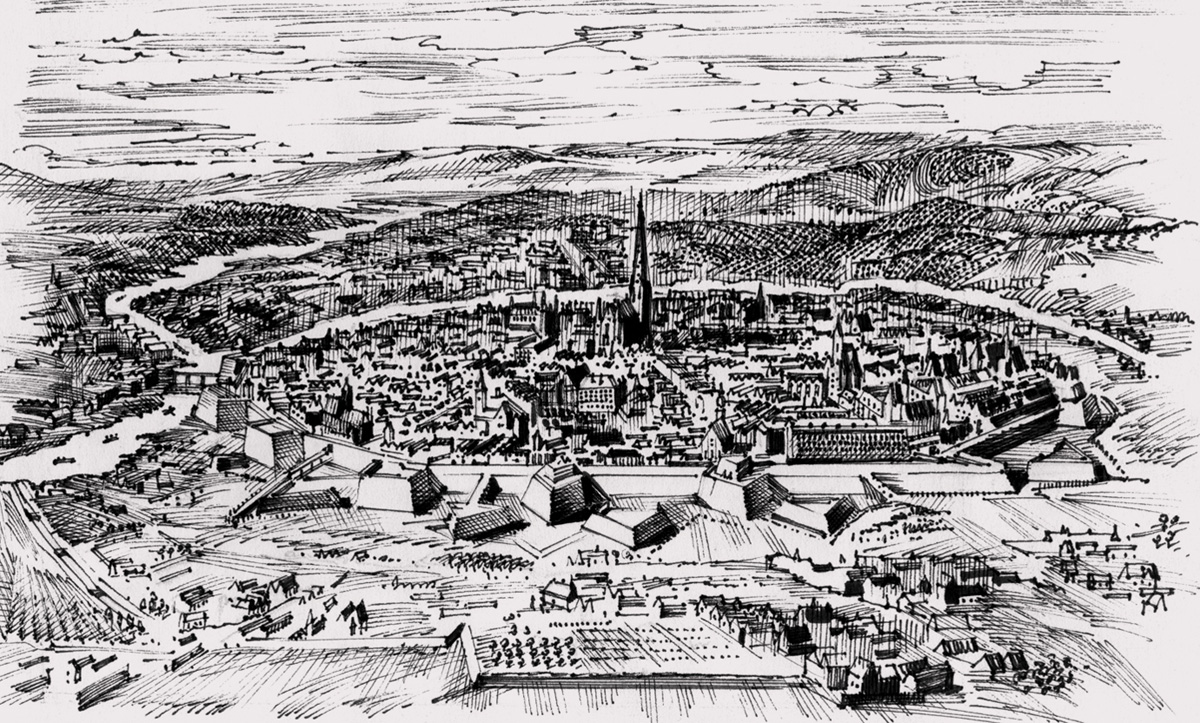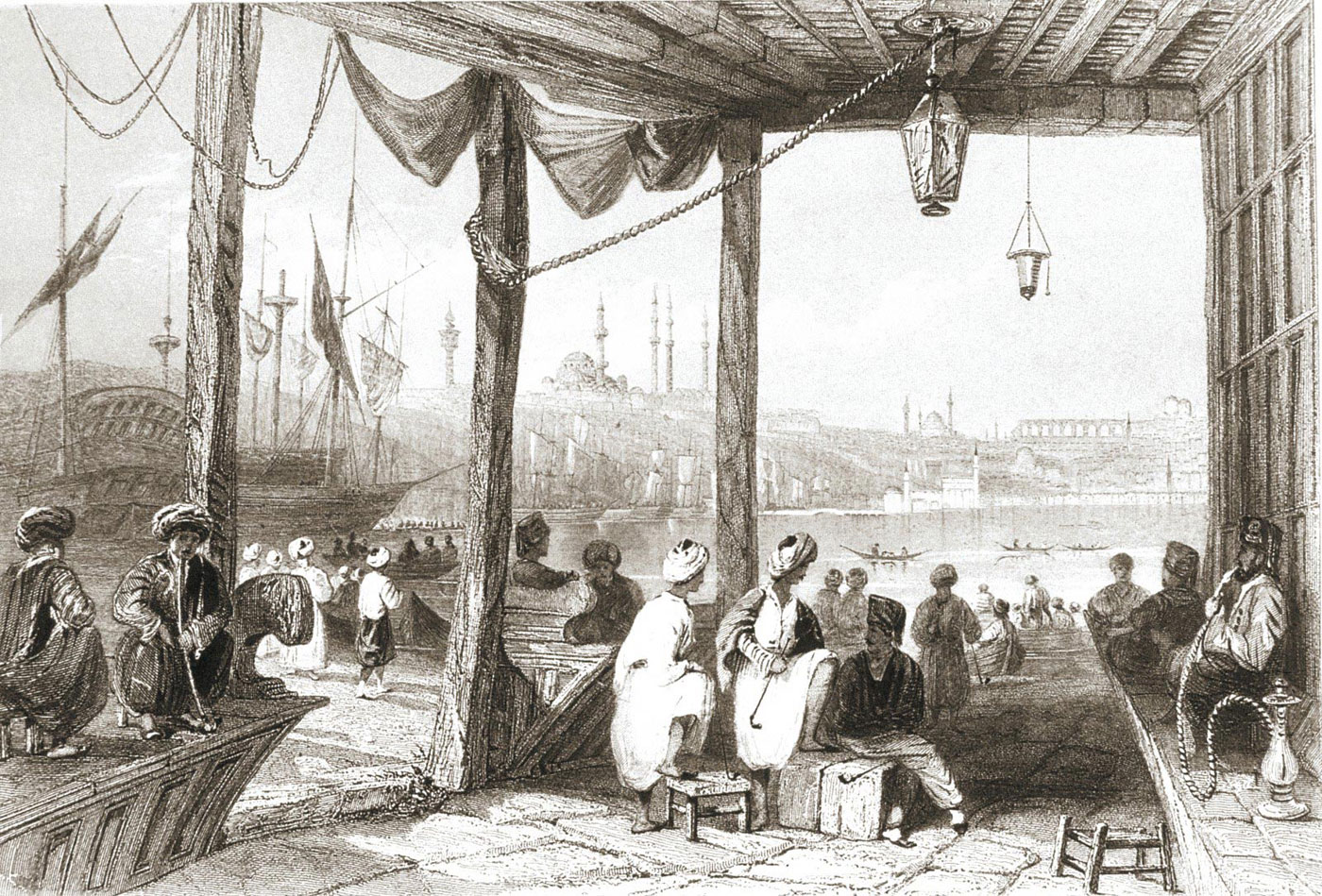IN VIENNA

1683 marked the end of the Second Siege of Vienna. As the Turks retreated, they left their extra supplies behind. The abandoned goods included a large number of tents, livestock, grain and around 500 sacks of coffee. The Viennese had no idea what to make of the mysterious contents of the sacks. One Viennese captain claimed that the coffee beans were camel-feed and decided to dump the sacks into the Danube.
News of the mysterious sacks reached a gentleman named Kolschitzky who had lived among the Turks for many years and had served as a spy for the Austrians during the siege. He requested the sacks of coffee, with which he was very familiar, as payment for his successful espionage services during the siege.
Kolschitzky served small cups of Turkish Coffee to the Viennese, first going door to door, and then in a large tent that he opened to the public. Soon, he had taught the Viennese how to prepare and enjoy the beverage. Thus Vienna became acquainted with coffee.
The Viennese coffeehouses that opened during this period set an example for coffeehouses in many other countries.

